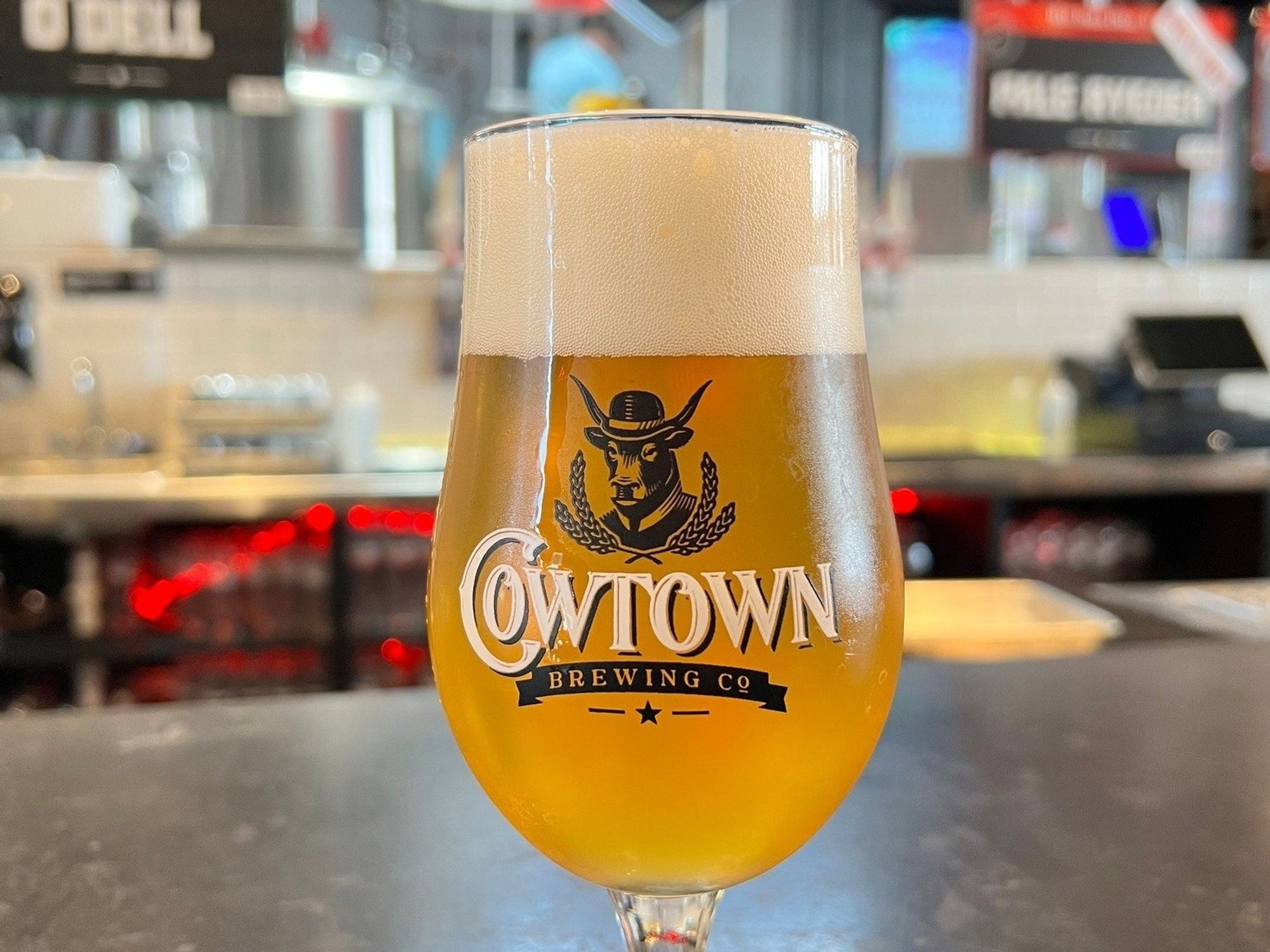Discover the Best Breweries in Galveston Texas: A Beer Enthusiast's Guide
Discover the Best Breweries in Galveston Texas: A Beer Enthusiast's Guide
Blog Article
Mastering the Craft of Distillation: a Deep Study Distillery Traditions
Checking out the complex art of distillation unveils a globe soaked in classic customs that have formed the spirits we delight in today. From the ancient origins of purification methods to the contemporary evolution of distillery tools, each step in the process brings with it a rich tapestry of history and expertise. As we dig into the fragile balance of conventional versus modern distilling techniques and uncover the relevance of key components, a deeper understanding arises of the profound influence distillery traditions have on the spirits we appreciate.
Beginnings of Purification Strategies
The advancement of distillation techniques has an abundant background that traces back to ancient people. The origins of distillation can be linked to very early civilizations such as the Mesopotamians, Egyptians, and Greeks. These ancient societies used primary purification methods for perfumery, medication, and generating liquors. The concept of dividing parts based upon their different boiling factors laid the foundation for the advanced purification procedures we have today.
The earliest proof of distillation dates back to around 3000 BC in Mesopotamia, where clay pots were made use of to boil down fragrances and aromatic oils. The Egyptians additionally progressed these strategies, utilizing distillation for embalming techniques and medical objectives. The Greeks, notably numbers like Aristotle and Hippocrates, added to the academic understanding of purification.
With time, purification infect areas like India, China, and the Middle East, each culture including its one-of-a-kind touch to the craft. The advancement of purification techniques continued through the Center Ages and the Renaissance, eventually resulting in the varied range of purification processes used in contemporary distilleries worldwide.
Development of Distillery Equipment

With innovations in technology and a deeper understanding of the purification process, modern-day distilleries now utilize a selection of advanced devices to create spirits of the best. Today, purification tools consists of column stills, reflux stills, and crossbreed stills, each designed to accommodate certain distillation requirements. These contemporary stills provide much better temperature level policy, boosted purification precision, and higher effectiveness in dividing alcohol from contaminations.
Along with stills, distilleries now make use of innovative condensers, fermenters, and purification systems to more improve the distillate. The evolution of distillery tools continues to play an important duty fit the diverse range of spirits readily available on the market today.
Typical Vs. Modern Distilling Practices
In checking out distilling techniques, the comparison in between conventional and contemporary approaches discloses significant improvements in performance and top quality. Typical distilling techniques frequently include time-honored methods passed down with generations, highlighting workmanship and workmanship (Galveston Liquor). These techniques commonly count on copper pot stills and hand-operated procedures that call for a high level of ability and experience from the distillers. Alternatively, modern distilling practices utilize sophisticated technology and development to improve production procedures and enhance consistency. Automated systems, digital controls, and advanced tools enable modern-day distilleries to produce spirits a lot more successfully and with higher precision.
While standard distilling practices are cherished site here for their heritage and the one-of-a-kind flavors they produce, modern-day methods use advantages in regards to scalability, top quality control, and sustainability. By incorporating scientific advancements and modern-day design, distillers can maximize manufacturing, minimize waste, and satisfy the needs of today's market more efficiently. Ultimately, the selection in between contemporary and standard distilling techniques often depends on the distillery's objectives, values, and target audience.
Trick Ingredients in Purification Refine
Within the craft of purification, the option of crucial active ingredients plays a critical duty in identifying the taste account and quality of the spirits generated. The key ingredients used in the purification procedure are usually water, yeast, and a fermentable source such as grains, fruits, or sugarcane.
Water is a basic element as it not just thins down the alcohol material to a palatable degree however also influences the overall mouthfeel and structure of the spirit. The high quality and mineral content of the water used can significantly affect the final item.
Yeast is an additional essential active ingredient that converts the sugars present in the fermentable source right into alcohol with the procedure of fermentation. Various strains of yeast can generate varying flavors and scents, adding to the Learn More Here special characteristics of the spirit.

Impact of Distillery Traditions on Spirits
The influence of historical distillery practices on spirits prolongs beyond the selection of vital components, forming the very essence and personality of the final distilled products (Galveston Whiskey). These customs, passed down via generations, play a vital function in specifying the special preference profiles and top qualities that differentiate one spirit from an additional
Distillery practices include a wide variety of techniques, from the particular techniques utilized in purification to the option old processes utilized. As an example, the use of typical copper pot stills in whiskey production is thought to present certain tastes and features that are highly valued by lovers. Likewise, the aging of spirits in oak barrels, a technique deeply rooted in distilling practices, adds to the development of complicated fragrances and tastes over time.

Final Thought
To conclude, the traditions of distillation have an abundant background that has developed gradually. From the beginnings of distillation strategies to the modern-day techniques, the effect of distillery customs on spirits is indisputable. By comprehending the essential components in the distillation process and the advancement of distillery tools, one can value the craftsmanship and creativity that goes into creating top quality spirits. Distillery traditions play a vital role in shaping the spirits market and protecting the heritage of purification methods.
Throughout the background of purification, the devices utilized in distilleries has actually gone through considerable development to improve efficiency and quality of the distillation process.With advancements in modern technology and a much deeper understanding of the purification procedure, contemporary distilleries now utilize a selection of innovative tools to create spirits of the highest quality. Today, purification devices includes column stills, reflux stills, and hybrid stills, each made to provide to particular distillation demands. From the beginnings of purification methods to the contemporary techniques, the impact of distillery practices on spirits is indisputable. Distillery customs play an important role in forming the spirits market and preserving the heritage of purification methods.
Report this page